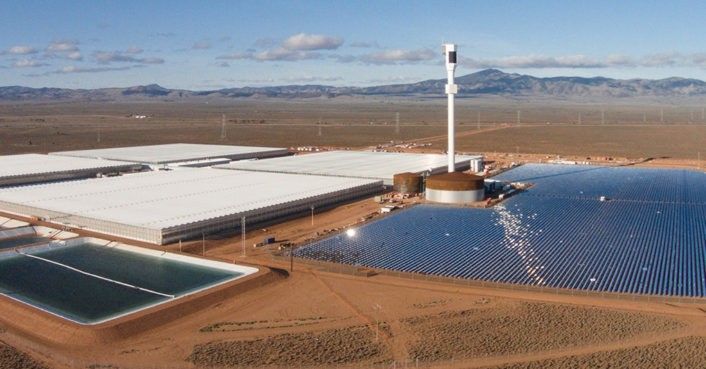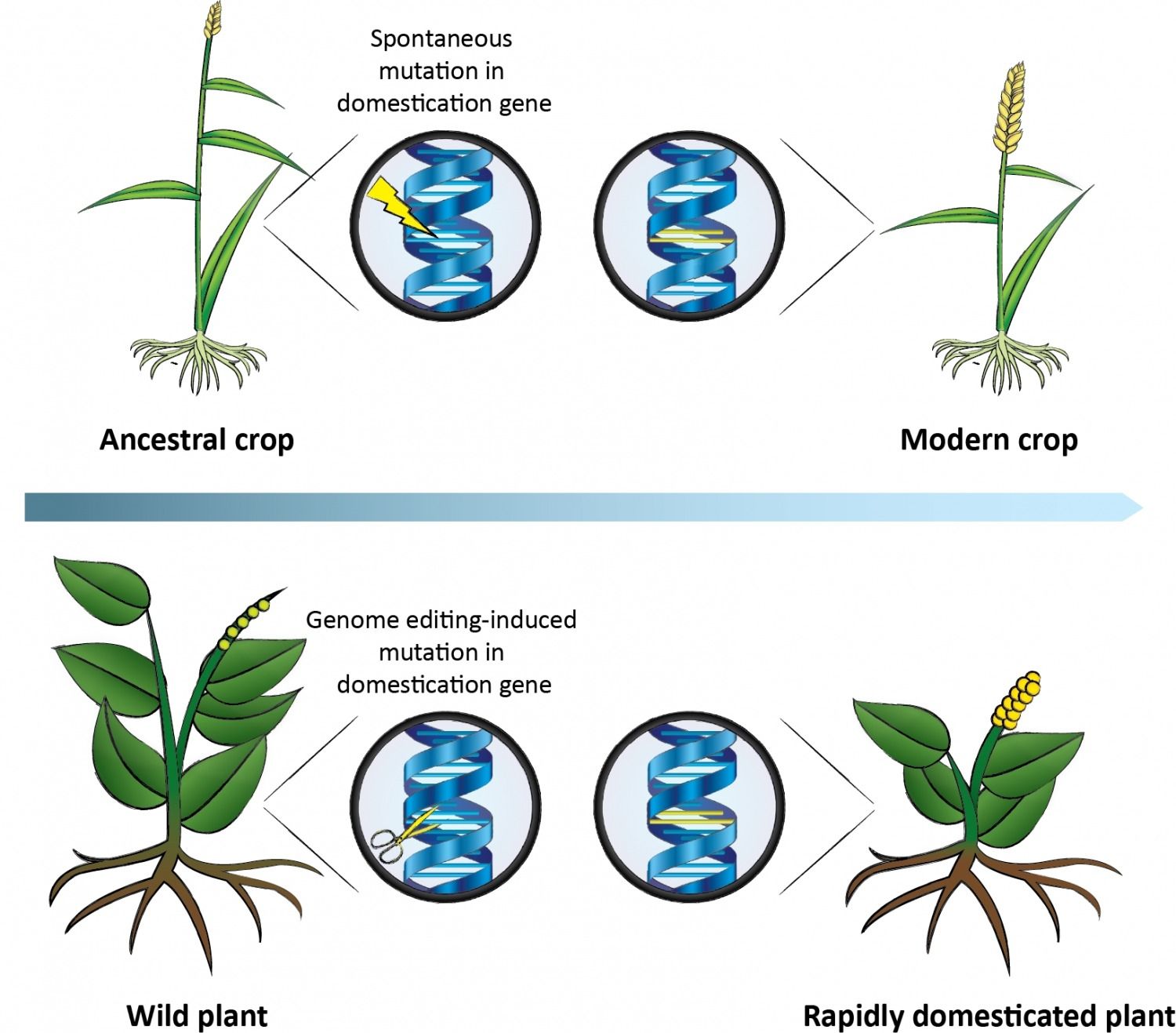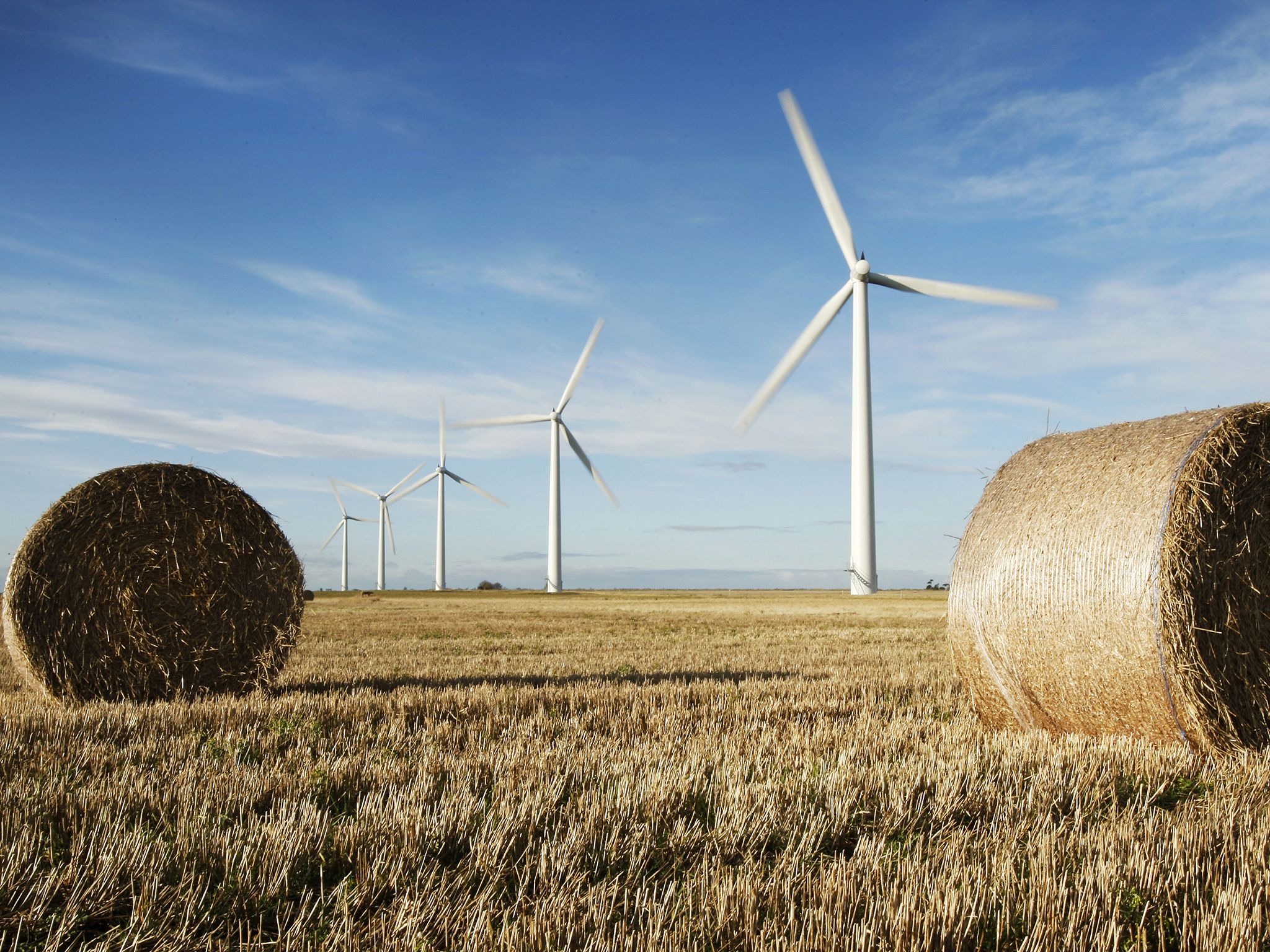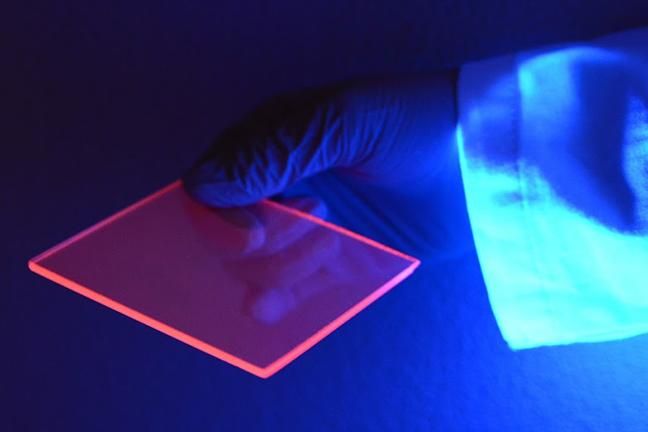Archive for the ‘sustainability’ category: Page 490
Mar 12, 2017
Recycling Space Junk for a LunarBase
Posted by Brett Gallie II in categories: robotics/AI, satellites, sustainability
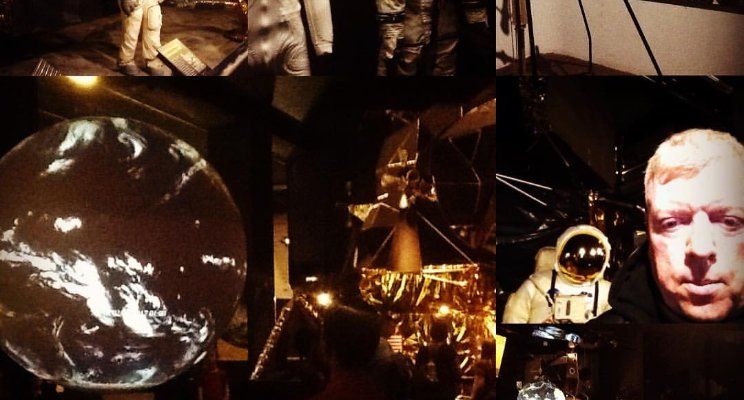
It costs $80k to send a Nano- Satellite into space! To send the materials to build a lunar base is going to be expensive!
This week it was announced that NASA found a forgotten satellite in Lunar Orbit, which got me thinking about an idea to recycle existing Space Junk in the construction of an International Lunar Base with cost savings. We could use a modified version of my Google Deepmind NEO tracker to source the Space Junk and the ideas listed below to capture and redirect the Space Junk.
Mar 12, 2017
Australian desert farm grows 17,000 metric tons of vegetables with just seawater and sun
Posted by Montie Adkins in categories: food, sustainability
Plenty of desert for this sort of thing.
Sundrop Farms grows tomatoes in the Australia desert using solely sunlight and seawater, which is desalinized with solar power.
Mar 9, 2017
Tesla Completes Hawaii Storage Project That Sells Solar at Night — By Mark Chediak | Bloomberg
Posted by Odette Bohr Dienel in categories: Elon Musk, energy, solar power, sustainability, transportation
“Tesla Inc. has completed a solar project in Hawaii that incorporates batteries to sell power in the evening, part of a push by the electric car maker to provide more green power to the grid.”
Tag: Tesla
Mar 6, 2017
Nanotechnology Combatting Global Warming
Posted by Pasha Rudenko in categories: chemistry, complex systems, disruptive technology, energy, environmental, innovation, materials, nanotechnology, Singularity University, sustainability, transportation
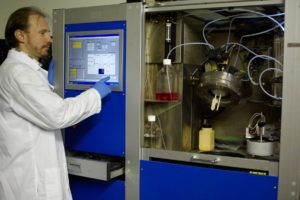 Superlubricity nano-structured self-assembling coating repairs surface wear, decreases emissions and increases HP and gas mileage.
Superlubricity nano-structured self-assembling coating repairs surface wear, decreases emissions and increases HP and gas mileage.
Globally about 15 percent of manmade carbon dioxide comes from vehicles. In more developed countries, cars, trucks, airplanes, ships and other vehicles account for a third of emissions related to climate change. Emissions standards are fueling the lubricant additives market with innovation.
Up to 33% of fuel energy in vehicles is used to overcome friction. Tribology is the science of interacting surfaces in relative motion inclusive of friction, wear and lubrication. This is where TriboTEX, a nanotechnology startup is changing the game of friction modification and wear resilience with a lubricant additive that forms a nano-structured coating on metal alloys.
This nano-structured coating increases operating efficiency and component longevity. It is comprised of synthetic magnesium silicon hydroxide nanoparticles that self-assemble as an ultralow friction layer, 1/10 of the original friction resistance. The coating is self-repairing during operation, environmentally inert and extracts carbon from the oil. The carbon diamond-like nano-particle lowers the friction budget of the motor, improving fuel economy and emissions in parallel while increasing the power and longevity of the motor.
TriboTEX has a Kickstarter campaign that has just surpassed $100,000 in funding. The early bird round has just closed that offered the product at one half the cost of its retail. The final round offers the lubricant system self-forming coating at 75 percent and is ending shortly. The founder Dr. Pavlo Rudenko, Ph.D. is a graduate of Singularity University GSP11 program.
Tags: future, nanotechnology, research, singularity, technology, tribotex
Mar 3, 2017
Researchers remotely control sequence in which 2-D sheets fold into 3D structures
Posted by Saúl Morales Rodriguéz in categories: bioengineering, biotech/medical, nanotechnology, satellites, solar power, sustainability
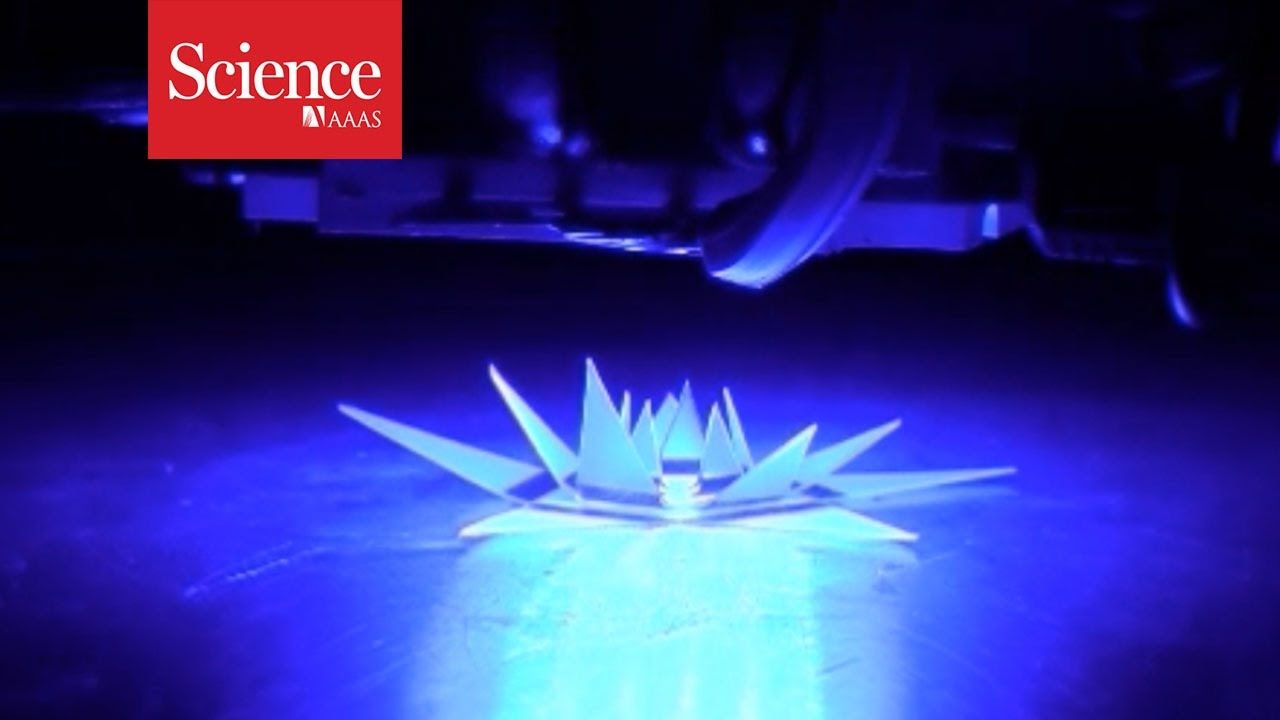
Inspired by origami, North Carolina State University researchers have found a way to remotely control the order in which a two-dimensional (2-D) sheet folds itself into a three-dimensional (3D) structure.
“A longstanding challenge in the field has been finding a way to control the sequence in which a 2-D sheet will fold itself into a 3D object,” says Michael Dickey, a professor of chemical and biomolecular engineering at NC State and co-corresponding author of a paper describing the work. “And as anyone who has done origami — or folded their laundry—can tell you, the order in which you make the folds can be extremely important.”
Mar 3, 2017
Want more crop variety? Researchers propose using CRISPR to accelerate plant domestication
Posted by Germen Roding in categories: bioengineering, biotech/medical, food, genetics, sustainability
The more crops we cultivate, the less chance our food supply wil get wiped out by a disease.
Out of the more than 300,000 plant species in existence, only three species—rice, wheat, and maize—account for most of the plant matter that humans consume, partly because in the history of agriculture, mutations arose that made these crops the easiest to harvest. But with CRISPR technology, we don’t have to wait for nature to help us domesticate plants, argue researchers at the University of Copenhagen. In a Review published March 2 in Trends in Plant Science, they describe how gene editing could make, for example, wild legumes, quinoa, or amaranth, which are already sustainable and nutritious, more farmable.
“In theory, you can now take those traits that have been selected for over thousands of years of crop domestication—such as reduced bitterness and those that facilitate easy harvest—and induce those mutations in plants that have never been cultivated,” says senior author Michael Palmgren, a botanist who heads an interdisciplinary think tank called “Plants for a Changing World” at the University of Copenhagen.
Mar 2, 2017
Denmark runs entirely on wind energy for a day
Posted by Dan Kummer in categories: energy, sustainability
Denmark’s wind turbines produced enough electricity to power the entire country last month.
The Scandinavian nation generated 97 gigawatt-hours (GWh) on 22 February, thanks to particularly windy weather, which is enough to power 10 million average EU households for the day.
Wind Europe spokesman Oliver Joy said the “impressive” feat was another boon for wind energy.
Continue reading “Denmark runs entirely on wind energy for a day” »
Feb 26, 2017
MIT spinout Sistine Solar can print any image on photovoltaic cells
Posted by Karen Hurst in categories: solar power, sustainability
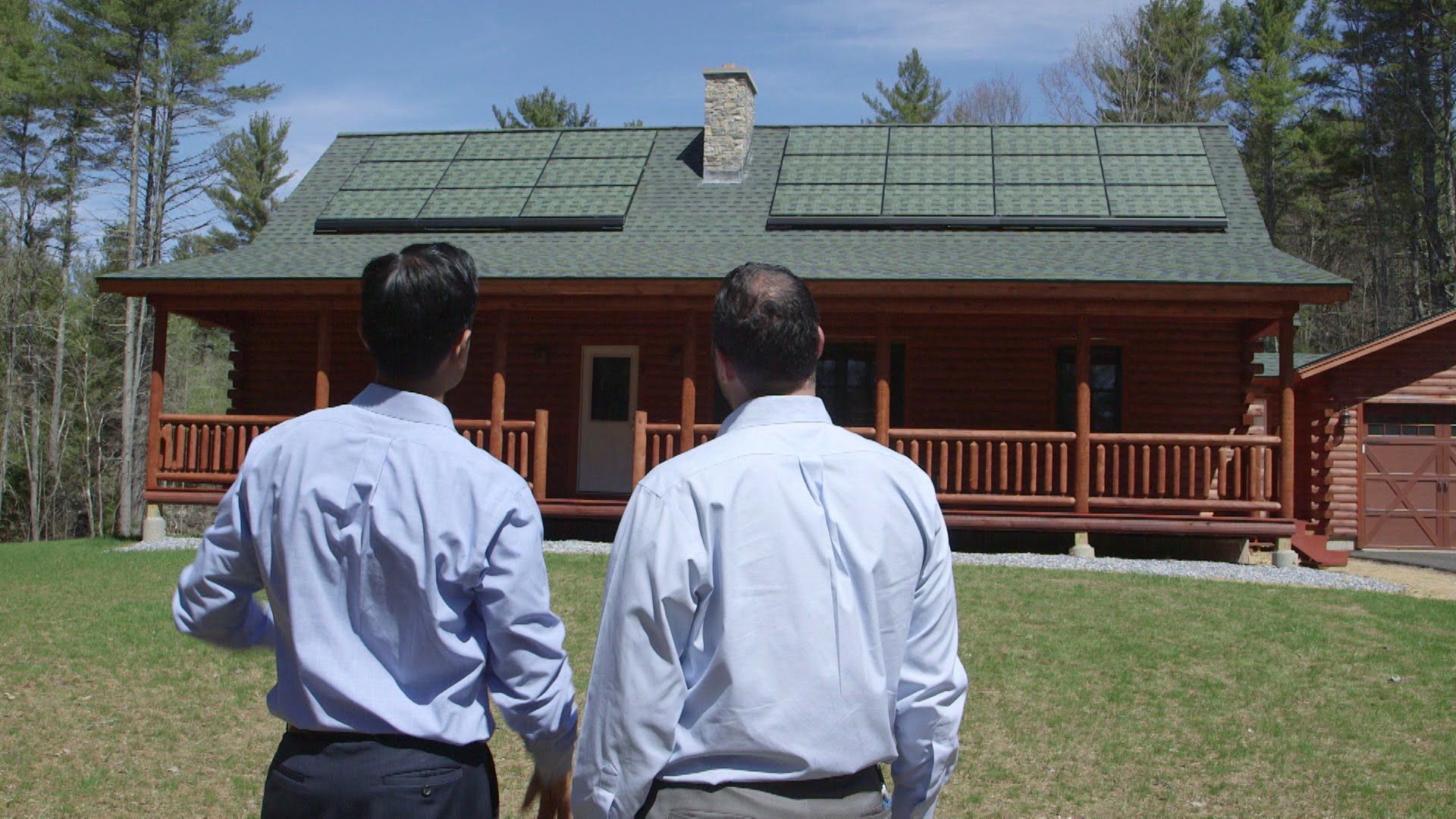
Nice.
MIT researchers have done even better. MIT has spunout a company called Sistine Solar that has developed a technology to print any kind of image on a skin that can be applied on solar panels, which change the appearance of the photovoltaic cells from all angles, without compromising on their capacity to generate electricity. Founded by the Sloan School of Management at MIT, Sistine Solar hopes to increase the adoption of clean energy with solar panels that mimic the surroundings or environment.
Continue reading “MIT spinout Sistine Solar can print any image on photovoltaic cells” »
Feb 26, 2017
Dream of energy-collecting windows is one step closer to reality
Posted by Saúl Morales Rodriguéz in categories: nanotechnology, solar power, sustainability
Researchers at the University of Minnesota and University of Milano-Bicocca are bringing the dream of windows that can efficiently collect solar energy one step closer to reality thanks to high tech silicon nanoparticles.
The researchers developed technology to embed the silicon nanoparticles into what they call efficient luminescent solar concentrators (LSCs). These LSCs are the key element of windows that can efficiently collect solar energy. When light shines through the surface, the useful frequencies of light are trapped inside and concentrated to the edges where small solar cells can be put in place to capture the energy.
The research is published today in Nature Photonics.
Continue reading “Dream of energy-collecting windows is one step closer to reality” »

